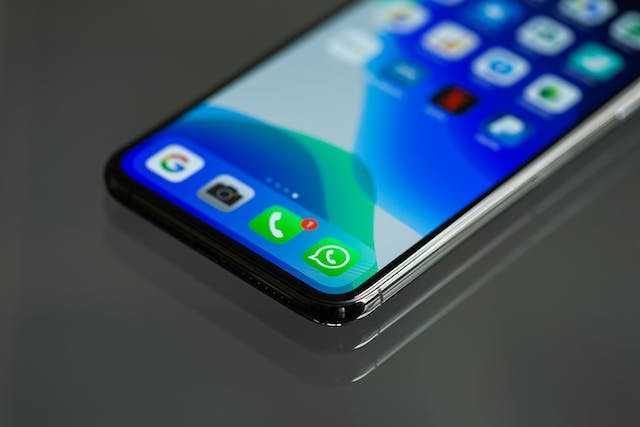The security of mobile apps has become paramount with the advent of mobile technology. As cyber threats become more frequent and sophisticated, developers and organizations must implement strong cybersecurity strategies to protect user data and uphold trust. This guide explores essential principles and practices for ensuring the security of mobile applications.

Secure Coding Practices
Developers play a crucial role in enhancing mobile app security through secure coding practices. Employing coding standards, regular code reviews, and using secure coding languages contribute to building a robust defense against common vulnerabilities such as SQL injection and cross-site scripting. These practices not only fortify the app’s security but also promote code quality and maintainability, essential factors for the long-term success of any application.
Regular Security Audits and Testing
Routine security audits and testing aid in pinpointing vulnerabilities before they can be exploited by malicious actors. This proactive approach allows developers to address vulnerabilities and strengthen the app’s security posture. In addition to technical assessments, it’s crucial to consider the broader organizational framework, integrating compliance and risk management into these processes. Recognizing that compliance is not a one-time effort but an ongoing commitment ensures that the app’s security measures evolve with the dynamic threat landscape.
For example, compliance standards such as GDPR emphasize the importance of user data protection. Conducting security audits aligned with these standards not only ensures legal compliance but also forms a critical component of risk management. By identifying and addressing compliance-related vulnerabilities, organizations simultaneously enhance their overall cybersecurity resilience, creating a holistic strategy that protects against both regulatory risks and potential security threats. This integrated approach aligns with the principle that a secure app is not just about technology but also about organizational commitment and adaptability.
Authentication and Authorization
Implementing strong authentication mechanisms is vital to prevent unauthorized access. Multi-factor authentication, biometrics, and token-based systems enhance user verification. Simultaneously, effective authorization mechanisms restrict users’ access based on roles and permissions, reducing the risk of unauthorized actions within the app. By investing in advanced authentication and authorization processes, organizations not only bolster security but also enhance user experience, building trust and satisfaction.
Data Encryption
The protection of sensitive data is a cornerstone of mobile app security. Utilizing robust encryption algorithms ensures that data is securely transmitted and stored. End-to-end encryption safeguards user communications, while encryption at rest protects data stored on the device, mitigating the impact of potential breaches. Beyond security, encryption measures also contribute to regulatory compliance, assuring users that their data is handled with the utmost care and protection.
Incident Response and Continuous Monitoring
Despite preventative measures, no system is entirely invulnerable. Establishing an effective incident response plan ensures a swift and coordinated response to security incidents. Continuous monitoring of the app’s environment for suspicious activities enables the detection of anomalies, allowing for rapid mitigation and reducing the potential impact of security breaches. Beyond responding to incidents, continuous monitoring provides valuable insights into emerging threats, facilitating a proactive stance against evolving cybersecurity challenges. This proactive stance not only safeguards against current threats but also positions organizations to adapt and strengthen their defenses in the face of rapidly evolving cybersecurity landscapes, ensuring sustained resilience.


Leave a Reply